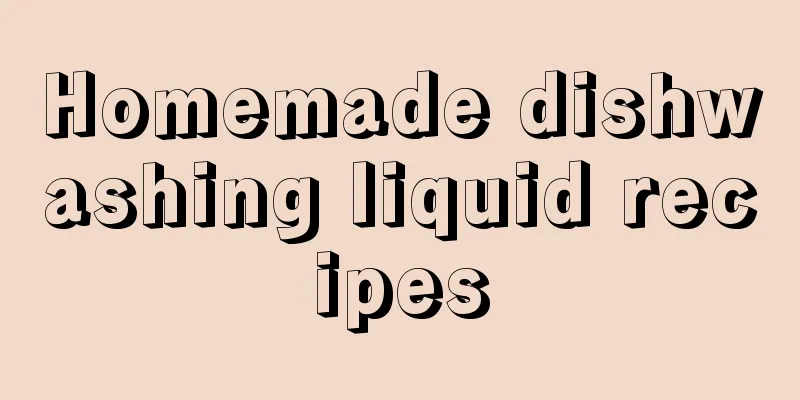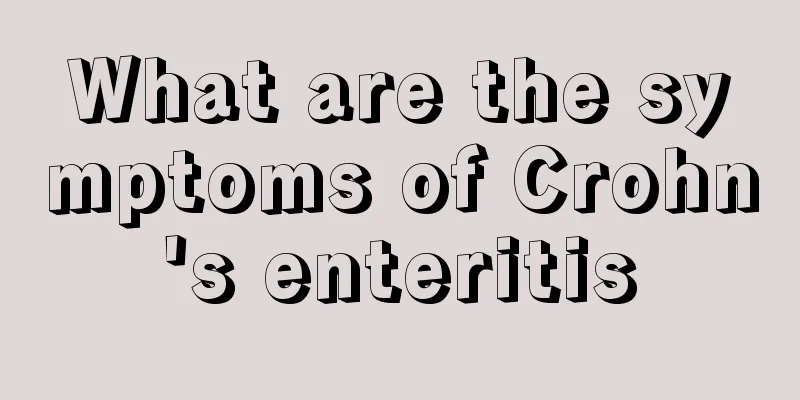Homemade dishwashing liquid recipes

|
Detergent, daily cleaning products. It cleanses gently, has soft foam, quickly decomposes grease, quickly removes dirt and bacteria, effectively and thoroughly cleans without residue, emits a light fruity scent, and leaves your skin white and bright as new after washing. Use it frequently to ensure home hygiene and avoid germ infection. It is indispensable in our family life, but generally people buy it from outside. Few people make it by themselves, or they may not know how to make it by themselves. Today I will give you a homemade dishwashing liquid recipe. Main Ingredients The main ingredients of dishwashing liquid are sodium alkyl sulfonate, sodium fatty alcohol ether sulfate, foaming agent, solubilizer, flavor, water, pigment and preservatives. Sodium alkyl sulfonate and sodium fatty alcohol ether sulfate are both anionic surfactants, petrochemical products, used to remove oil stains. Sodium linear alkylbenzene sulfonate Sodium linear alkylbenzene sulfonate has good detergency and emulsification power, hard water resistance and good foaming power, and excellent biodegradability. It is a green surfactant and is used in detergents such as shampoo and dishwashing detergents (content 60%). Sodium fatty alcohol ether sulfate Sodium fatty alcohol polyoxyethylene ether sulfate (also known as sodium fatty alcohol ether sulfate) is an anionic surfactant that is easily soluble in water and has excellent detergency, emulsification, foaming and hard water resistance properties. Its mild washing properties will not damage the skin. Please note: Dilution to an aqueous solution containing 30% or 60% active substance without a viscosity modifier will often result in a highly viscous gel. To avoid this, the correct method is to add the highly active product to the specified amount of water while stirring. Do not add water to highly active ingredients as this may cause gel formation. Anti-foaming agent Commonly used anti-foaming agents include: methyl silicone oil, acrylic acid ester and ether copolymer, etc. Solubilizer A solubilizing agent has the ability to increase solubility. essence Dishwashing liquid contains at least several or even dozens of natural and synthetic fragrances. Classification liquid 1. Production There are many formulas for liquid dishwashing liquid. The reference formula is: 10.5 parts of linear alkylbenzene sulfonic acid; 8 parts of AES; 2 parts of alkyl alcohol amide 6501; 0.08 parts of preservative Kaisong; 1.3 parts of sodium hydroxide; appropriate amount of AEO9 (5~10 parts, depending on the conditions); 0.1 parts of EDTA-2Na, 1 part of thickener (NaCl); add deionized water to 100. Operation process : Put a certain amount of deionized water into the batching pot, add solid alkali while stirring, slowly add linear alkylbenzene sulfonic acid after it dissolves, stir and neutralize the pH to 7~8, add surfactants AES, AEO9, 6501 at a temperature of 60~70℃, add other additives after dissolution, add appropriate amount of flavor after it becomes clear, and make up the deionized water. The "2013-2017 China Dishwashing Liquid Market Research and Prospect Forecast Report" introduces the overall situation of China's detergent industry, the development environment of China's dishwashing liquid industry, etc., analyzes the operating situation of China's dishwashing liquid market, and introduces China's dishwashing liquid industry. 2. Application Compared with ordinary dishwashing liquid, multi-purpose dishwashing liquid is designed for different types of grease in the kitchen. It can clean all kitchen surfaces while effectively cleaning dishes. The areas that can be cleaned include: light oil stains on dishes and chopsticks; dried meat juice and grease from pots and pans; sticky oil stains from dust; pesticides and fruit wax residues on the surface of fruits and vegetables. The characteristic of multi-purpose dishwashing liquid is that it pays more attention to different usage ranges than ordinary liquid dishwashing liquid, so the purity of multi-purpose dishwashing liquid is higher, and different types of dirt can be handled by mixing it with water in different proportions. The usual usage is as follows: add 1-2 drops to a basin of water, put vegetables and fruits in and soak to remove residual pesticides and fruit wax on the surface; add 5-6 drops to water to remove light oil stains on daily pots and bowls; add a little water to multi-purpose detergent to clean dried grease or oil stains contaminated with dust. |
Recommend
What medicine can cure bee mites the fastest?
Bee mites refer to a type of external parasitic m...
What are the causes of rectal cancer recurrence
Cancer is no longer uncommon in our lives. People...
Pathological changes of rectal tubular adenoma
Rectal tubular adenoma is a benign tumor of gland...
What to do if you have varicose veins behind your knees
Simply put, varicose veins are caused by blood st...
Can an 80-year-old with sigmoid colon cancer be cured?
Whether an 80-year-old can recover from sigmoid c...
Why does it hurt when your heel steps on the ground?
It is because we humans have a pair of feet that ...
What are the methods of moxibustion for health preservation and disease treatment
Moxibustion health care and disease prevention me...
What are the early symptoms of glioma
Glioma is a common brain tumor, most of which wil...
When does the umbilical cord of a newborn's belly button fall off
The umbilical cord is the bridge that connects th...
What are the symptoms of bladder cancer?
Hematuria is the most obvious symptom of bladder ...
How to treat cat scratch disease
How to treat cat scratch disease? Cat owners shou...
Does vinegar have a shelf life?
Vinegar is an essential condiment in every home k...
When should I start using a belly belt
Belly belts are very common in life. As the name ...
What medicine is good for nasopharyngeal carcinoma
What medicine is good for nasopharyngeal cancer? ...
How to use an eyebrow pencil to draw eyebrows quickly and beautifully
Many students start learning makeup after enterin...









